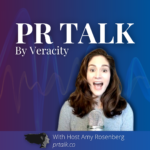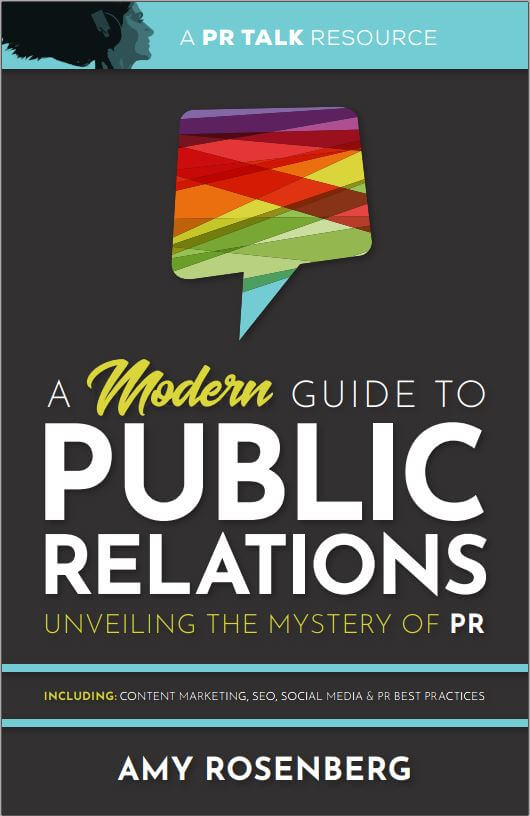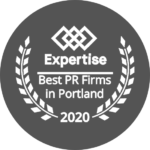Media Advisories
With events, press conferences—or anything you are inviting people to—it’s best to follow a Who, What, Where, When, Why format which is listed underneath a headline and possibly a subhead. This is technically called a media advisory, as opposed to a classic press release. I often switch the order of these categories depending on which messages I want to convey first—remembering that the farther your eye travels down the press release or media advisory, the more likely you are to lose readers.
FOR IMMEDIATE RELEASE
Headline (give us the gist of what is going on, be clear and concise but try to make it compelling or timely)
Subhead (secondary header listed under the main header which goes into greater detail if necessary, which it isn’t always)
Dateline (City & State of where your news is happening — Date of when you are issuing the press release) followed by introductory paragraph if you want.
WHAT: Concisely state what is going on. Try to hook readers by painting a visual of what they’ll see (very important for TV and photographers), or capturing the sounds they’ll hear (very important for radio), and/or tying in what is newsworthy or timely about what you’re sending them.
WHEN: Include the date the event is occurring. Duh. An editor told me event listings failing to include the date will sometimes grace his in-box. Do not be this PR person.
WHERE: Think beyond only the location. Include special instructions for where media can park, clearance for live truck towers, etc. here.
WHY: If you are incorporating a charitable cause, include it here (as well as in the header or “what” section because people might not read this far down), along with any newsworthy or timely bits you’ve surely included up top too.
WHO: This can be a nice place to list the BS, such as sponsors who are paying to be in your press release. However, if they are presenting sponsors you must include them once in the title of the event. Not in the headline but in the body of the release. Like this: Event Title, presented by Sponsorship Name. Or if you want to give more information about who is organizing your event or more about how the event’s beneficiary (your charity) was founded, by all means, do it here.
We end with the classic boilerplate, you don’t always have to use it in media advisories.
“Boilerplate” means that it’s the same in every document. Many clients or bosses think this is very important. But because it’s at the bottom of the press release by now you know that it’s not. Humor them anyways. This shouldn’t be much longer than five sentences explaining what your organization is about, who (including geographical areas) it serves, unique or specific products or services, general organizational website and social media handles.
# # #
Insert your contact information here at the end. Including your name, organization, phone number where they can reach you both before event day and at the event: which any respectable PR person would consider to be a cell phone.
Photo by Helloquence on Unsplash









